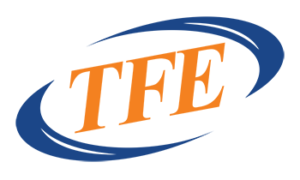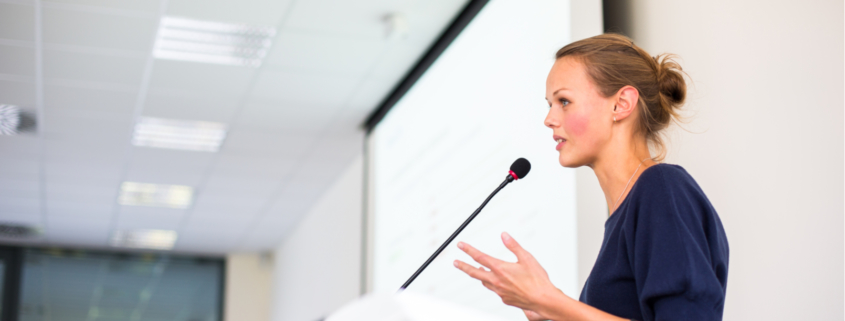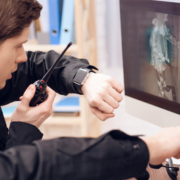Using voice amplification in the classroom
The CDC has recommended that teachers wear face coverings in the classroom to help prevent the spread of coronavirus (COVID-19). But what impact will that have on the students’ ability to learn? Will the teacher still be audible? What can schools do to minimize disruption?
Voice amplification may be one viable solution.
In this article, we’ll take a closer look at the potential downsides to teachers wearing masks in the classroom. Then, we’ll discuss the technology that can eliminate these risks and give kids the best learning environment possible. Let’s get started.
Potential risks of face coverings in the classroom
Several studies have demonstrated the importance of audibility in learning environments. Today, it’s widely accepted that a quiet classroom in which the teacher is clearly audible results in the best learning outcomes.
Face masks – while essential in preventing the community transmission of COVID-19 – may prohibit a teacher’s ability to project their voice across a classroom. In other words, the kids may not be able to hear what a teacher is saying. And this can have a dire impact on student performance.
What is voice amplification?
Voice amplification may help teachers speak loudly and clearly while wearing a mask. Put simply, voice amplification technology works by connecting a wireless microphone worn by the teacher to speakers positioned throughout the classroom.
If you’re picturing a Britney Spears concert circa early 2000s, you’re not far off. Just remove the backing track and lights, add a mask, and turn the volume way down.
The benefits of voice amplification in the classroom
The potential benefits of voice amplification in schools cannot be underestimated. Let’s take a quick look at the top three.
1. The teacher’s voice is loud and clear
Teachers should not have a hard time choosing between protecting the community’s health and supporting their students in their learning. Both are critical. With a voice amplification setup in the classroom, teachers can wear potentially life-saving face masks without sounding quiet or muffled. That means less risk, less sacrifice, and better outcomes for all.
2. Enhanced student performance
We all value education. The last thing we want is for our children’s learning to suffer amid these challenging times. Unfortunately, measures like facial coverings can negatively impact student results by limiting their ability to comprehend what the teacher is saying.
Voice amplification ensures all students within a classroom can hear the teacher’s voice loud and clear. No important details are missed, which means enhanced student performance and a better learning experience for all.
3. Drown out background noise
Even without teachers wearing facial coverings, students can face noise-related struggles in the classroom. Ambient background noise from nearby roads, kids playing outside, and other students’ conversations can be extremely distracting.
By drowning out the inescapable noises of a school, voice amplification gives students a clear point-of-focus. This, again, results in improved learning outcomes and a better overall school experience.
Will voice amplification work in my classroom?
Yes. A voice amplification system can be installed in almost any learning environment, from small classrooms to larger lecture halls. Whether you are teaching 20 kids or 200, voice amplification technology will ensure you are heard clearly by every student in attendance – even when wearing an all-important face mask.
If you’d like to learn more about getting started with voice amplification, please get in touch with our friendly team. We’d be more than happy to answer any questions you may have.



